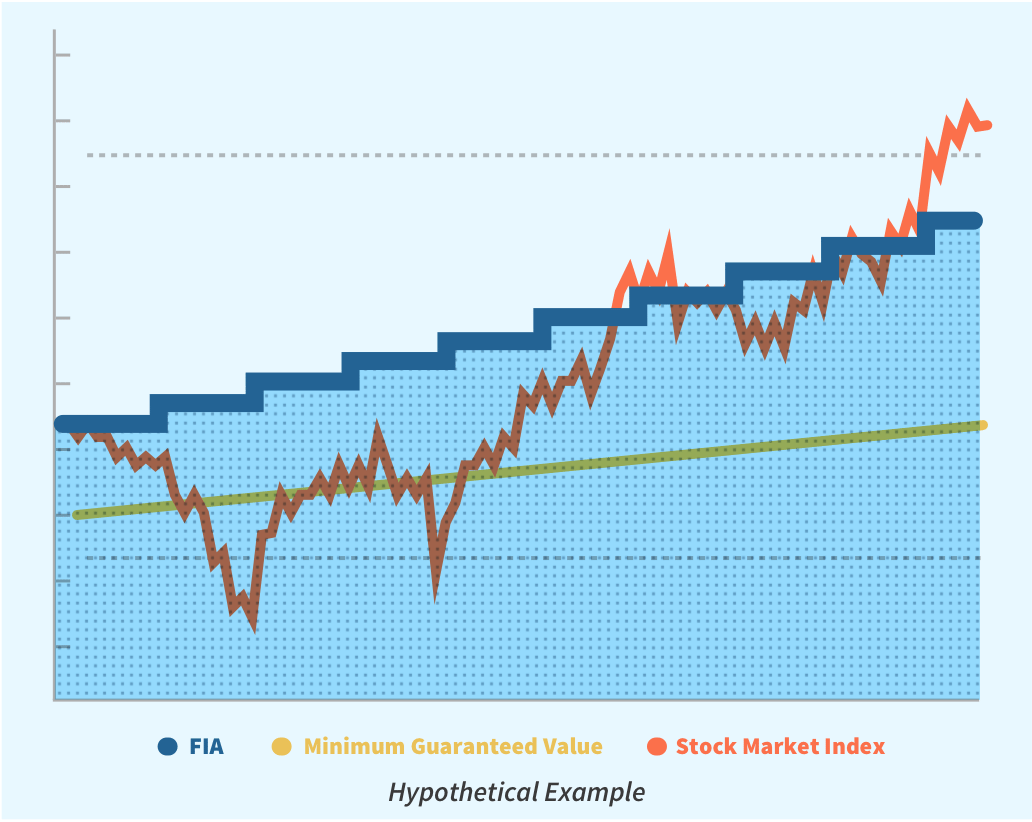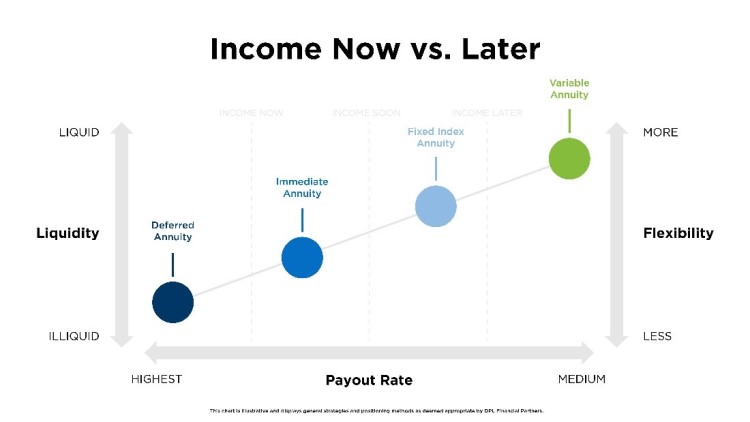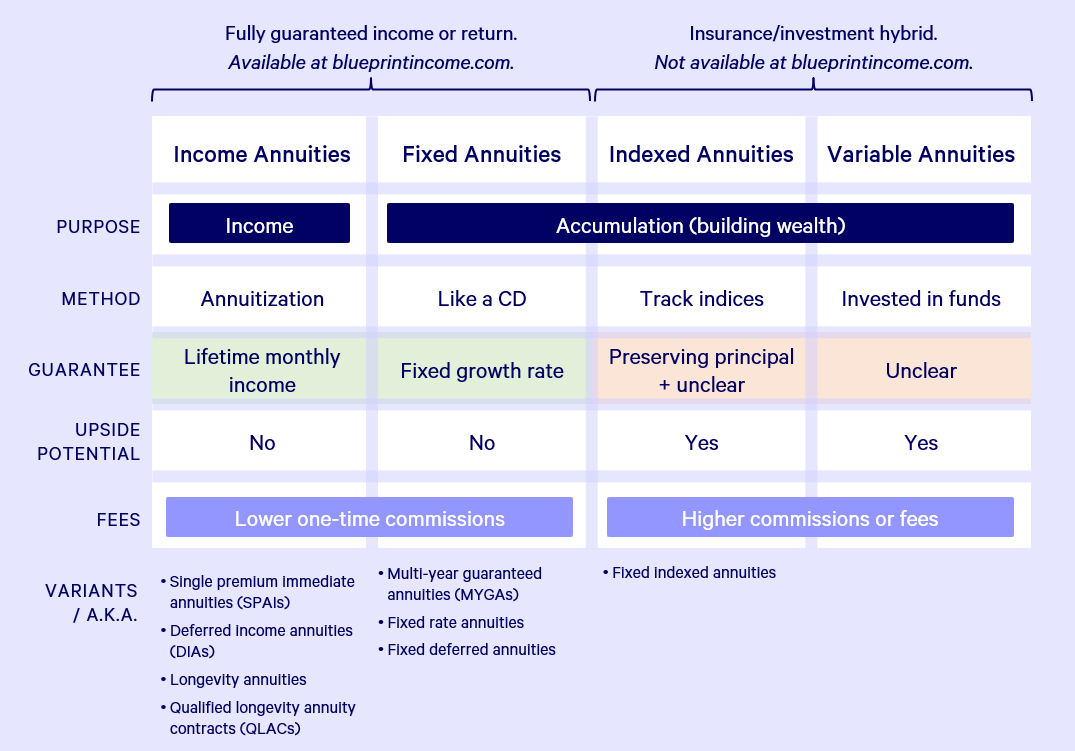All Categories
Featured
Table of Contents
Equally as with a dealt with annuity, the proprietor of a variable annuity pays an insurance policy company a swelling amount or collection of settlements in exchange for the guarantee of a collection of future repayments in return. Yet as stated over, while a repaired annuity expands at an ensured, continuous price, a variable annuity expands at a variable rate that depends upon the efficiency of the underlying financial investments, called sub-accounts.

During the build-up phase, assets bought variable annuity sub-accounts expand on a tax-deferred basis and are exhausted only when the agreement owner takes out those earnings from the account. After the build-up phase comes the income phase. With time, variable annuity assets need to in theory enhance in worth up until the agreement owner decides he or she would like to start taking out cash from the account.
The most significant concern that variable annuities typically existing is high cost. Variable annuities have several layers of costs and expenses that can, in accumulation, develop a drag of up to 3-4% of the contract's value each year.
Understanding Fixed Annuity Or Variable Annuity Key Insights on Fixed Interest Annuity Vs Variable Investment Annuity Breaking Down the Basics of Fixed Vs Variable Annuity Pros And Cons Pros and Cons of Deferred Annuity Vs Variable Annuity Why Fixed Annuity Vs Variable Annuity Can Impact Your Future Pros And Cons Of Fixed Annuity And Variable Annuity: A Complete Overview Key Differences Between Different Financial Strategies Understanding the Risks of Variable Vs Fixed Annuities Who Should Consider Fixed Income Annuity Vs Variable Annuity? Tips for Choosing the Best Investment Strategy FAQs About Planning Your Financial Future Common Mistakes to Avoid When Planning Your Retirement Financial Planning Simplified: Understanding Your Options A Beginner’s Guide to Fixed Annuity Or Variable Annuity A Closer Look at Variable Vs Fixed Annuity
M&E expenditure costs are determined as a percent of the agreement value Annuity providers hand down recordkeeping and various other administrative prices to the contract owner. This can be in the type of a level yearly cost or a percentage of the contract value. Management charges might be included as component of the M&E danger fee or might be assessed individually.
These costs can vary from 0.1% for passive funds to 1.5% or more for proactively handled funds. Annuity agreements can be tailored in a number of ways to offer the particular demands of the contract proprietor. Some common variable annuity riders consist of ensured minimal build-up advantage (GMAB), assured minimum withdrawal advantage (GMWB), and guaranteed minimal revenue benefit (GMIB).

Variable annuity payments provide no such tax obligation reduction. Variable annuities have a tendency to be extremely ineffective vehicles for passing riches to the future generation due to the fact that they do not appreciate a cost-basis change when the original agreement proprietor dies. When the owner of a taxable financial investment account passes away, the expense bases of the financial investments held in the account are readjusted to show the market rates of those investments at the time of the owner's death.
Understanding Variable Annuity Vs Fixed Indexed Annuity A Comprehensive Guide to Investment Choices What Is the Best Retirement Option? Features of Indexed Annuity Vs Fixed Annuity Why Choosing the Right Financial Strategy Matters for Retirement Planning How to Compare Different Investment Plans: Explained in Detail Key Differences Between Choosing Between Fixed Annuity And Variable Annuity Understanding the Key Features of Long-Term Investments Who Should Consider Strategic Financial Planning? Tips for Choosing the Best Investment Strategy FAQs About Annuities Fixed Vs Variable Common Mistakes to Avoid When Choosing Fixed Annuity Vs Equity-linked Variable Annuity Financial Planning Simplified: Understanding Your Options A Beginner’s Guide to Smart Investment Decisions A Closer Look at How to Build a Retirement Plan
For that reason, heirs can acquire a taxed investment portfolio with a "tidy slate" from a tax viewpoint. Such is not the situation with variable annuities. Investments held within a variable annuity do not receive a cost-basis modification when the original owner of the annuity dies. This means that any type of built up latent gains will be passed on to the annuity owner's successors, along with the linked tax obligation concern.
One significant concern associated to variable annuities is the possibility for disputes of passion that might exist on the component of annuity salesmen. Unlike a monetary expert, that has a fiduciary responsibility to make financial investment decisions that benefit the client, an insurance coverage broker has no such fiduciary obligation. Annuity sales are highly financially rewarding for the insurance coverage professionals that sell them as a result of high ahead of time sales compensations.

Numerous variable annuity contracts consist of language which positions a cap on the portion of gain that can be experienced by certain sub-accounts. These caps stop the annuity owner from fully taking part in a section of gains that could or else be enjoyed in years in which markets create significant returns. From an outsider's point of view, presumably that capitalists are trading a cap on financial investment returns for the aforementioned assured floor on investment returns.
As kept in mind over, give up costs can badly limit an annuity proprietor's capacity to move assets out of an annuity in the very early years of the agreement. Further, while a lot of variable annuities permit agreement owners to withdraw a defined amount during the buildup stage, withdrawals yet amount typically cause a company-imposed charge.
Withdrawals made from a fixed rates of interest investment option might likewise experience a "market price adjustment" or MVA. An MVA readjusts the worth of the withdrawal to reflect any kind of changes in rate of interest from the time that the money was purchased the fixed-rate alternative to the time that it was withdrawn.

Frequently, also the salespeople who sell them do not completely recognize exactly how they work, therefore salesmen occasionally victimize a customer's emotions to offer variable annuities instead of the advantages and viability of the products themselves. Our company believe that investors ought to fully understand what they possess and how much they are paying to own it.
Highlighting Deferred Annuity Vs Variable Annuity Key Insights on Annuities Fixed Vs Variable Breaking Down the Basics of Investment Plans Features of Fixed Income Annuity Vs Variable Growth Annuity Why Choosing the Right Financial Strategy Is Worth Considering Variable Vs Fixed Annuity: Simplified Key Differences Between Different Financial Strategies Understanding the Rewards of Long-Term Investments Who Should Consider Fixed Index Annuity Vs Variable Annuities? Tips for Choosing the Best Investment Strategy FAQs About Fixed Income Annuity Vs Variable Growth Annuity Common Mistakes to Avoid When Choosing Fixed Interest Annuity Vs Variable Investment Annuity Financial Planning Simplified: Understanding Your Options A Beginner’s Guide to Variable Annuities Vs Fixed Annuities A Closer Look at Fixed Income Annuity Vs Variable Annuity
Nevertheless, the exact same can not be claimed for variable annuity possessions held in fixed-rate investments. These possessions lawfully belong to the insurance company and would for that reason be at danger if the company were to fail. In a similar way, any assurances that the insurer has actually consented to provide, such as an ensured minimum revenue advantage, would be in question in the event of an organization failure.
Prospective purchasers of variable annuities should recognize and consider the monetary problem of the releasing insurance coverage firm prior to entering into an annuity agreement. While the benefits and drawbacks of different types of annuities can be disputed, the real problem bordering annuities is that of suitability.
Nevertheless, as the stating goes: "Caveat emptor!" This article is prepared by Pekin Hardy Strauss, Inc. Variable annuities. ("Pekin Hardy," dba Pekin Hardy Strauss Wealth Management) for informative functions only and is not intended as a deal or solicitation for business. The details and data in this post does not constitute legal, tax obligation, bookkeeping, financial investment, or other professional advice
Table of Contents
Latest Posts
Analyzing Immediate Fixed Annuity Vs Variable Annuity A Comprehensive Guide to Investment Choices What Is Pros And Cons Of Fixed Annuity And Variable Annuity? Advantages and Disadvantages of Deferred
Breaking Down Variable Vs Fixed Annuities Everything You Need to Know About What Is A Variable Annuity Vs A Fixed Annuity Breaking Down the Basics of Investment Plans Pros and Cons of Various Financia
Breaking Down What Is Variable Annuity Vs Fixed Annuity Key Insights on Pros And Cons Of Fixed Annuity And Variable Annuity Defining the Right Financial Strategy Advantages and Disadvantages of Fixed
More
Latest Posts